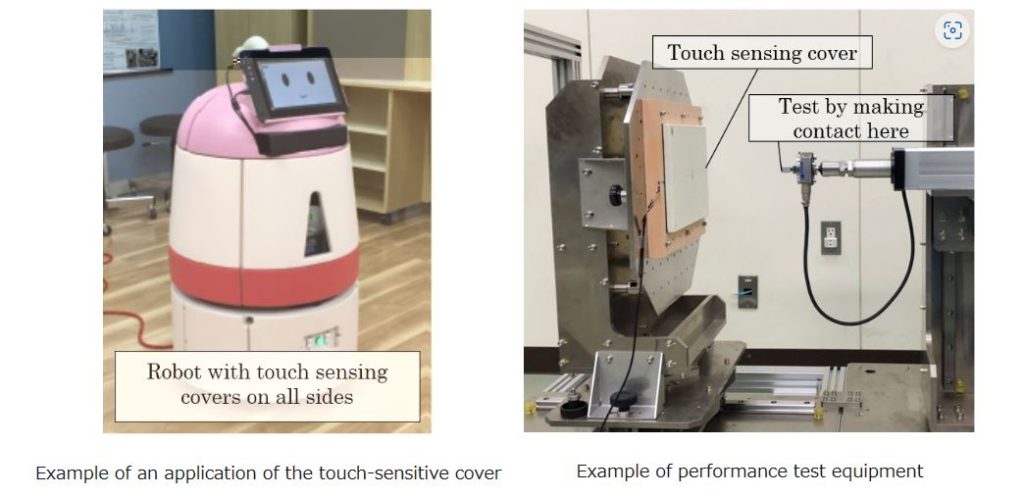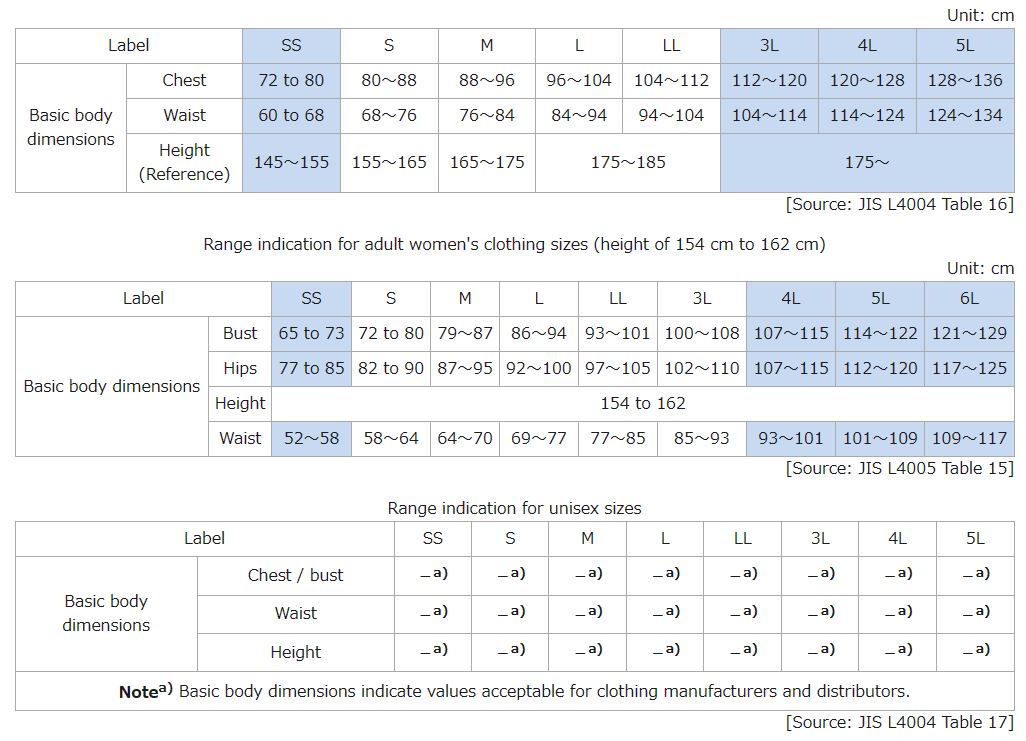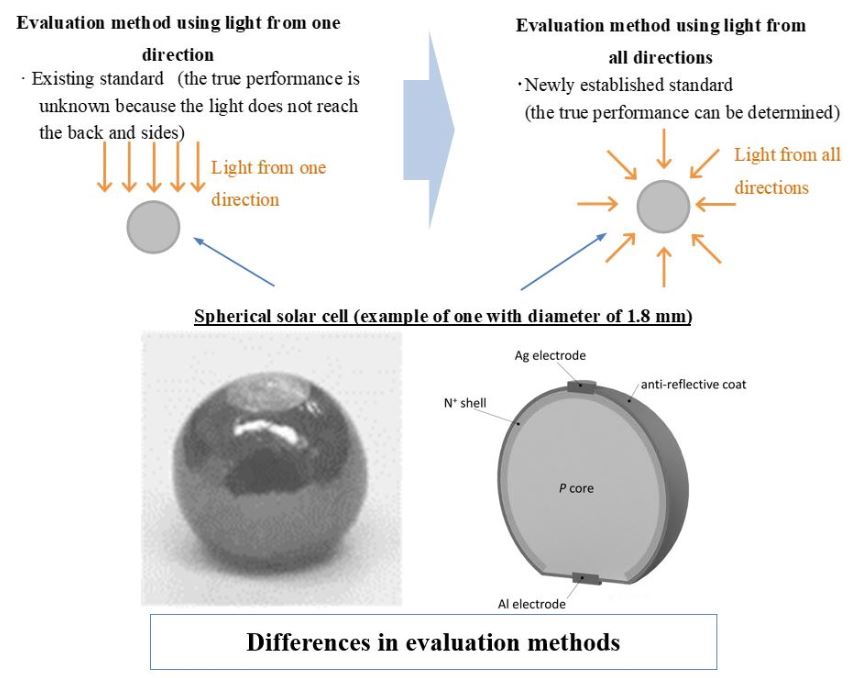The Ministry of Economy, Trade and Industry (METI) has published revised and newly established JIS standards in response to societal and technological changes. The Japanese Industrial Standards (JIS) are a collection of national standards stipulating the criteria for mineral or industrial products, data, and services in Japan, including their quality, performance and test methods.
In March 2023, METI established 10 new standards and revised 97 existing ones. Among these standards, there are two revised standards submitted by the Japanese Standards Association (JSA), an Accredited Standards Developing Organization.
The major ones will be briefly explained here. After discussions by the Japanese Industrial Standards Committee, (1) and (2) were established, and (3) was revised.
(1) A JIS was established for methods of testing the performance of touch sensing covers for service robots
Due to the aging population and labor shortage, the demand for service robots is expected to increase for use in homes, stores, factories and other locations. Given this, it is necessary to ensure safety in the event of collision or contact (e.g., between robot and humans or equipment). However, balancing costs is a challenge, as increasing the sensitivity of such devices requires more sensors, and for other reasons.
Under these circumstances, a protective device called an impact-absorbing touch sensing outer cover (hereinafter referred to as “touch-sensing cover”) has been developed. It performs the two functions of enabling collision detection with fewer sensors and absorbing impact in the event of a collision. However, there was no unified method of objectively evaluating the touch detection and shock absorption performance of such devices.
Therefore, a method of testing the touch sensitivity and impact absorption of the touch-sensitive cover has been established as a JIS. As a result, it is now possible to quantitatively evaluate the touch-sensitive cover’s performance, and the installation of these covers on service robots is expected to further ensure safety and improve reliability.

(2) Establishment of a JIS for measuring the power generation performance of spherical solar cells
Spherical solar cells are capable of receiving light from all directions and generate efficiently during all daylight hours. Based on the characteristics of spherical solar cells, a Japanese Industrial Standard (JIS) for measuring power generation performance was established using the Standardization System for the Creation of New Markets. The establishment of this JIS is expected to promote the spread of spherical solar cells, expand the adoption of renewable energy, and reduce greenhouse gas emissions.
(3) Revision of JIS on clothing sizes
Most of the clothes sold to the general public have a size indication based on a JIS (e.g., S/M/L). This makes it easier for consumers to buy clothing of the size they want. There are currently changes in the environment, such as the diversification of purchase forms (e.g., online sales), diversification of consumer preferences, long-term changes in the body shapes of the Japanese people, and an increase in inbound consumption. Therefore, it is necessary to review the JIS appropriately. This revision mainly adds the SS/3L/4L/5L and unisex sizes. This is expected to give consumers more choices when purchasing clothing.
Range indication for adult men’s clothing sizes (indication by chest and waist measurements):




No comments yet.